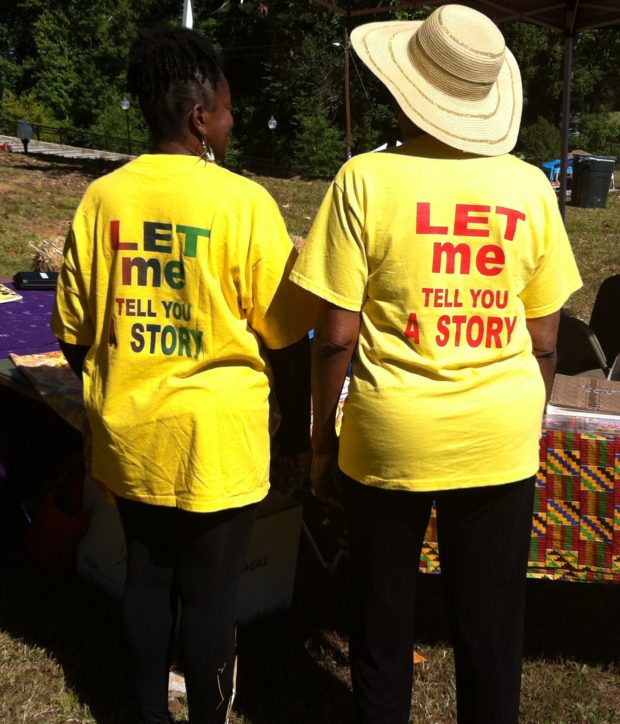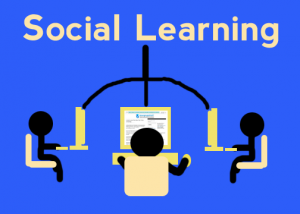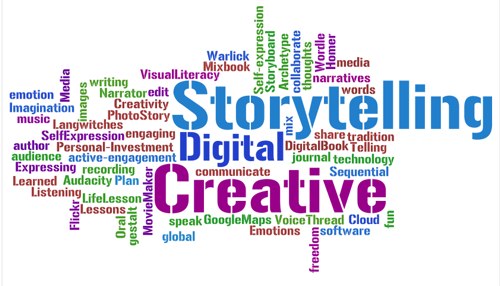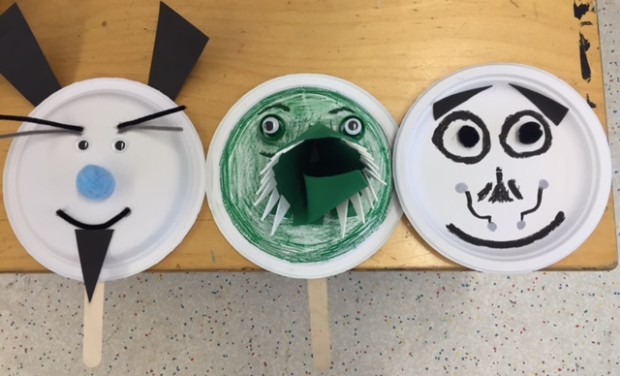Personal Learning Networks (PLN) can only enhance one’s growth to become better and more proficient at your talent, trade, or profession. Storytelling is no different and in the blog below, are ten social media accounts that can be considered as this storyteller’s circle of excellence when it comes to being a (PLN). There are several benefits for these ten being chosen as the primary sources for a (PLN). However the main benefit is that as this storytellers journey continues to move forward, I will focus more on motivational and personal stories that inspire others. In doing so, I have chosen the most credible and reliable sources that I feel will aid in that journey. This is specifically with regards to connecting to a variety of storytelling communities, where there are opportunities to showcase in areas that have previously had no exposure either regionally or nationally. But before we discuss specific (PLN’s), here are answers to three specific questions about (PLN) as well as the importance of two social media platforms.
- What is a PLN? Why is the careful selection of resources important to establishing your PLN?
Sheryl Nussbaum-Beach says, “Personal learning networks help you leverage deeper connections and relationships, and from those networked relationships, you grow a community of connected learners and leaders” (Nussbaum-Beach, 2012, para. 6). As for this storyteller, a (PLN) is a collection of like-minded individuals in an online environment who share the same interest in a subject and wish to increase their knowledge by collaborating with others who have similar or more experience, that will benefit their personal and professional growth. These resources are important and need to be both credible and reliable as well as current. If they fall into these criteria, then the likelihood of the (PLN) being successful is greater than not. Also, having a diverse group of people as part of ones (PLN) is equally important. Understanding that while it is typically composed of like minded individuals, there still needs to be a variety sources to address the multiple views that permeate among members of the network.
- What role do Twitter® and LinkedIn® play as social media tools? How can these channels benefit your professional development?
Social media is now as necessary as having a hammer, nails, and duct tape in your home toolbox. Two of those that are essential for many businesses are Twitter and LinkedIn. Each has its benefit for the type of connection that one is seeking, and professional development needed. Larry Kim offers 6 reasons why we should use LinkedIn like Twitter. They are as follows: exposure, better branding, endorsements, accolades, more content sharing, website traffic, and visibility on best content (Kim, 2014). Whereas Twitter is more geared toward updates and listings such as professional events, LinkedIn is more of an online career resource center. It focuses more on connections that will benefit professionals looking to change or advance in their career. It is also a place to find supportive groups of individuals whose goal is to pool resources on potential employment options and future connections that will benefit job opportunities for the future.
- Can a PLN take the place of formal classroom training? Explain your response.
In some instances, they are an acceptable substitute for a formal class. However, overall, they are better suited at complimenting rather than replacing formal training. For example, in a traditional class, one may get the background and theory necessary which can be skewed or inaccurate, if you are only exposed to learning in a (PLN). The (PLN) may also be inconsistent at the training it provides and thereby have opportunities missed that increase the learning gaps of people even further. Also, a Personal Learning Network may not work for all individuals or may simply be something that they only want to participate in periodically and subsequently miss out on pertinent information if it is the only option as opposed to an alternative of formal training.
Do Tell: 10 potential STORYTELLING Personal Learning Network Sources:
- David Joe Miller Presents – David Joe Miller is a Storyteller, Workshop Facilitator, and Storytelling Events promoter in Asheville, NC which is a well-known eclectic arts community in western North Carolina. He is also the founder of the Jonesborough Storytelling Guild in the storytelling capital of the world, Historic Jonesborough, TN.
- East Tennessee State University Storytelling – East Tennessee Storytelling University (ETSU) is known for its Masters in Storytelling Program founded by retired educator Dr. Flora Joy. Its annual summer storytelling institutes are conducted by national and internationally known storytellers who also facilitate classes for the program.
- Portland Story Theater – The creative duo of Lawrence Howard and Lynne Duddy founded this platform to tell personal stories before a live audience after a six week intensive workshop. The focus is on personal stories with many themes and workshops to get to the core of why the story is relevant and needs to be told.
- National Association of Black Storytellers (NABS) – African American storytelling organization that is the authentic voice of black storytelling and provides information on all aspects of African and African American stories as well as those indicative of the African diaspora. It was founded in 1982 by storytellers Mother Mary Carter Smith and Mama Linda Goss.
- Risk – Founder Kevin Allison created this show as a place where very risky or taboo stories of a personal nature could be told that otherwise would not dare be shared in public or in front of even the most intimate audiences.
- Secret Society of Twisted Storytellers – Founded by Satori Shakoor, this organization has monthly storytelling programs featuring personal stories, with a podcast, and a live stream from Detroit, MI. This one of a kind organization is a first with a primary focus on African-Americans telling personal stories as well as well known actors, comedians and others in the entertainment industry.
- Southern Order of Storytellers – This is a regional organization of storytellers with various cluster groups in the greater Atlanta region featuring personal storytelling events such as Stories on the Square, Stories on the Edge of Night and the annual Peach State Storytelling Festival.
- The Moth – This personal storytelling platform has a 20-year history with a blog, podcast, live events, and workshops, was created in 1997 by novelist George Dawes Green. It can be considered as the granddaddy of many personal storytelling programs that exist today.
- TEDx Atlanta – This is a local self-organized event to promote the theme of TED by the sharing of ideas to spark engagement and initiate action in the greater metro area of Atlanta, GA and its surroundings.
- Toastmasters International– This is a well known international organization focusing on leadership skills that can be developed through competitive speaking has been around for almost a century with various chapters throughout the country.





